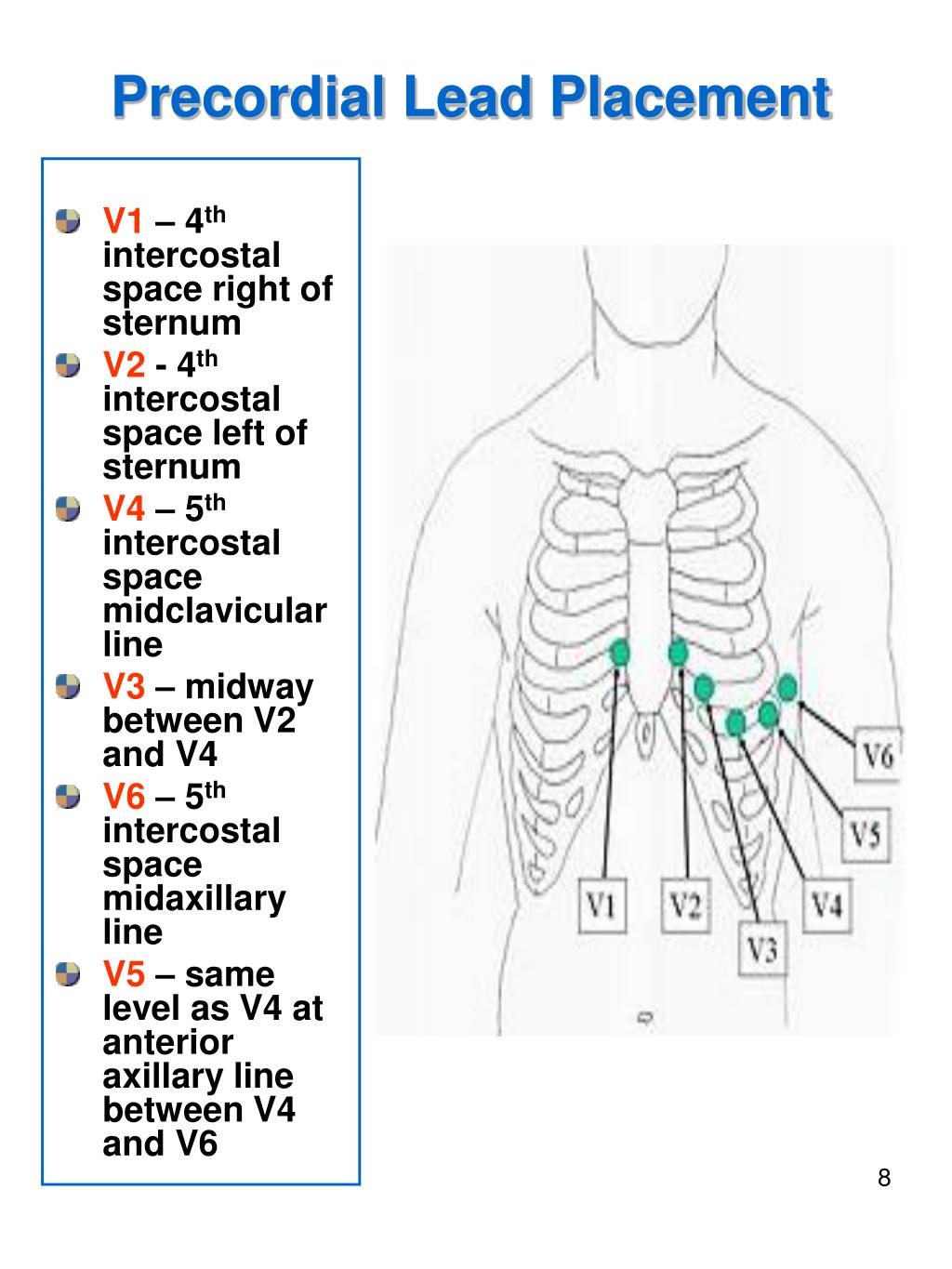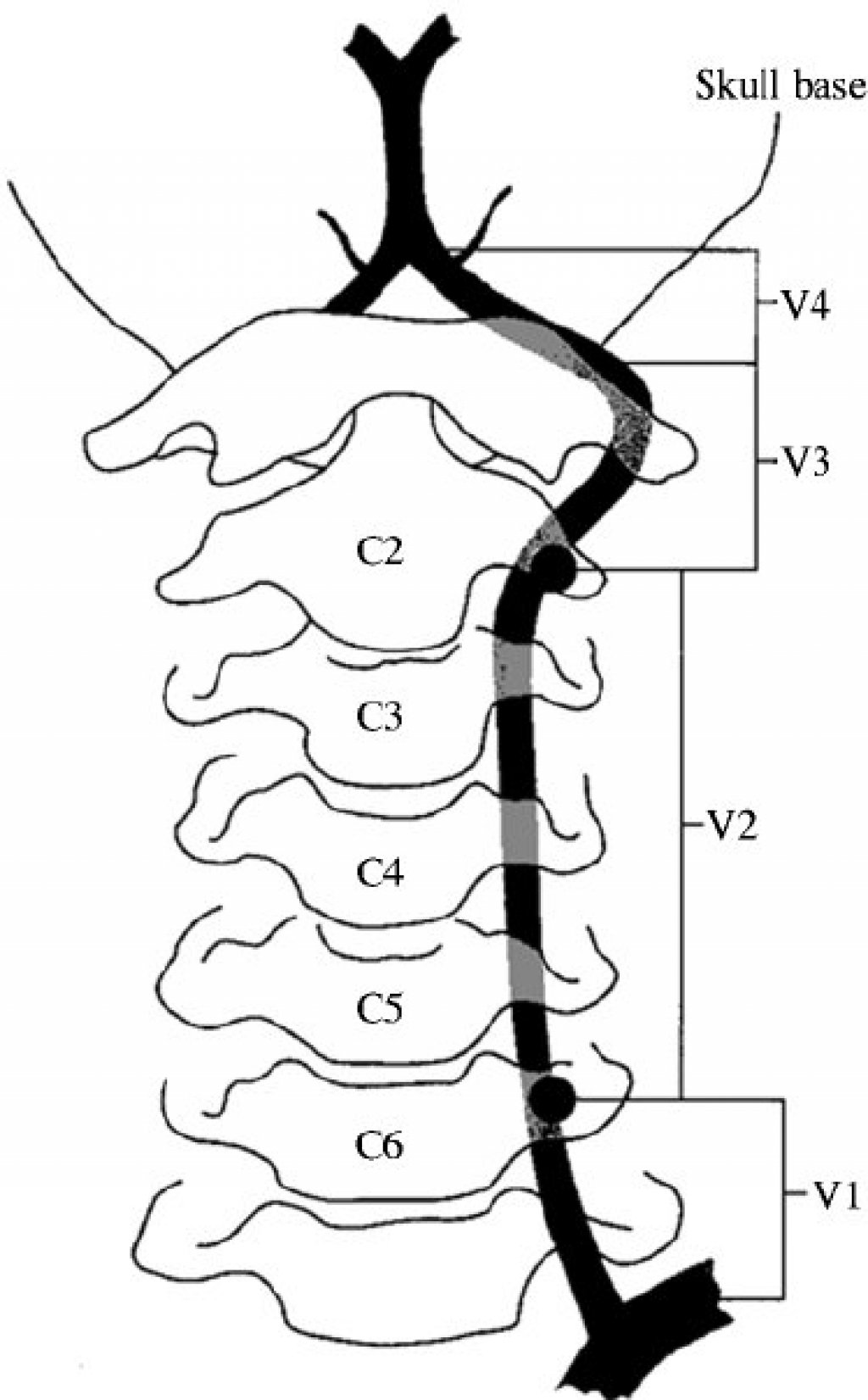
[Solved] Consider the circuit given below with v1 at t
The following ECG criteria are commonly used to diagnose LBBB: QRS duration ≥0,12 seconds. Leads V1-V2: deep and broad S-wave. The small r-wave is missing or smaller than normal. If it is missing, a QS complex appears in V1 and occasionally V2, but rarely V3. The S-wave in V1 may be notched and resemble the letter "W".

4.V4野 (オリヴァー・サックス『火星の人類学者』より
The posterior inferior cerebellar artery (PICA) is the largest branch of the vertebral artery and is one of three main arteries supplying the cerebellum. Other branches include: V1: segmental cervical muscular and spinal branches. V2: anterior meningeal artery, muscular and spinal branches. V3: posterior meningeal artery.

a poster with the words leave on it
keep (V1) kept (V2) kept (V3) know (V1) knew (V2) know (V3) lay (V1) laid (V2) laid (V3) lead (V1) led (V2) led (V3) learn (V1) learned/learnt (V2) learned/learnt (V3)

Electrocardiogram 1 purpose, physiology and practicalities Nursing Times
This is a list of some irregular verbs in English. Of course, there are many others, but these are the more common irregular verbs. You can test yourself with these fun irregular verbs quizzes. V1. Base Form. V2. Past Simple. V3. Past Participle.

Arriba 96+ Foto V1 V2 V3 V4 V5 V6 Actualizar
v1, v2, v3 list in english, verb 1, verb 2 and verb 3 list, basic form (v1), past simpe (v2) and past participle (v3) in english; Base Form - V1 Past Simple - V2 Past Participle - V3 abide abode abode arise arose arisen awake awoke awoken be was/were been bear bore born beat beat beaten beget begot begotten begin began begun bend bent bent bereave bereft bereft beseech besought besought.

Окс с подъемом сегмента st на экг фото презентация
V1, V2, V3, V4, and V5 refer to the five different verb forms. V1 is the base form of the verb; V2 is the simple past form; V3 is the past participle form; V4 is the third-person singular present form; and V5 is the present participle form. The following section has a list of regular verbs and irregular verbs in their various forms.

Dr. Smith's ECG Blog Chest pain and Convex ST Elevation in Precordial Leads
The size of V1, V2, and V3 can vary three-fold, a difference that is partially inherited. Psychological model of the neural processing of visual information. The dorsal stream (green) and ventral. It comprises at least four regions (left and right V4d, left and right V4v), and some groups report that it contains rostral and caudal.

Linksschenkelblock (LSB) bei akutem Myokardinfarkt Die SgarbossaKriterien EKG & ECHO
April 2, 2023. If you are you looking for a list verb forms V1 V2 V3. Here, you can find a huge collection of verb forms V1 V2 V3 arranged alphabetically from A to Z and we have also provided a PDF download link. English V1 (Base form), V2 (Past Simple), V3 (Past Participle) List; Verb forms v1 v2 v3 v4 v5 pdf download: click here.

Диета при стенозе позвоночной артерии фото презентация
I have left the parcel. We/You/They have left the parcel. He/She/It/Adam has left the parcel. Present Perfect Continuous Tense. I have been leaving the parcel. We/You/They have been leaving the parcel. He/She/It/Adam has been leaving the parcel. Indefinite / Simple Past Tense. I left the parcel. We/You/They left the parcel. He/She/It/Adam left.

V1 into V2/V3 YouTube
The following is a simplified approach to naming the different types of anterior MI. The precordial leads can be classified as follows: Septal leads = V1-2. Anterior leads = V3-4. Lateral leads = V5-6. The different infarct patterns are named according to the leads with maximal ST elevation: Septal = V1-2.

V1 V2 V3 V4 V5 V6 Ecg YaLearn
V1/V2 distribution - Referring to the ophthalmic and maxillary branches; V2/V3 distribution - Referring to the maxillary and mandibular branches;. loss of sensation due to a stroke will be lateralized to the right or the left side of the body. The only exceptions to this rule are certain spinal-cord lesions and the medullary syndromes.

The vertebral artery and its four segments (V1, V2, V3, V4) Download Scientific Diagram
Leave V1 V2 V3 V4 V5, Past Simple and Past Participle Form of Leave. When learning English you need to know the meaning of certain words first, and then sort the words appropriately according to grammatical rules. Verbs in a regular structure can be transformed with a simple rule, whereas in irregular verbs, this situation is slightly different.

Позвоночная артерия анатомия схема фото
Simple Future Tense. I will/shall leave you. He/She/It will leave you. You/We/They will/shall leave you. Present Continuous Tense. I am leaving you. He/She/It is leaving you. You/We/They are leaving you. Past Continuous Tense.

ECG Learning Center An introduction to clinical electrocardiography Medical careers, Nursing
V1 Base Form (Infinitive): To Leave: V2 Past Simple: Left: V3 Past Participle: Left: V4 3rd Person Singular: Leaves: V5 Present Participle/Gerund: Leaving: Subscribe to Ad-Free Browsing. Enjoy a seamless learning experience without interruptions from advertisements. Find out More. Free English Lessons.

Trigeminal Nerve Distribution Nerve anatomy, Facial nerve anatomy, Facial nerve
The V3 version is the same as the second version, different from the V1 version. The V3 version of this verb is ' left'. 'Left' is used in the case of Past Perfect Tense or Present Perfect Tense. If the question is in the present perfect tense, we use the word leave as have+left or has+left. The subjects I, you, we are used as 'have.

CVI Scotland Lessons
Secondary ST-T changes are frequently seen in V1-V2 (ST segment elevations) and V5-V6 (ST segment depression). Refer to Figure 6 for ECG example. The ECG in left ventricular hypertrophy. Large R-waves in V5-V6 and deep S-waves in V1-V2. Concave ST segment elevations in V1-V3. The deeper the S-wave, the greater the ST segment elevation.